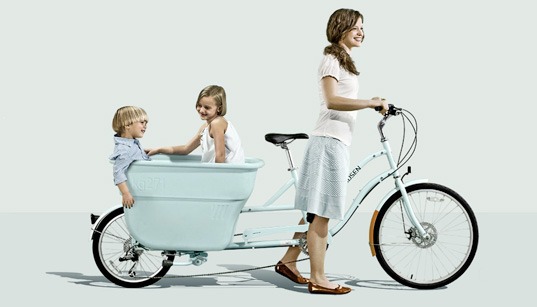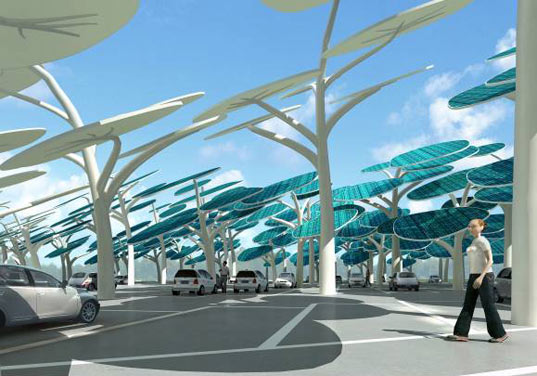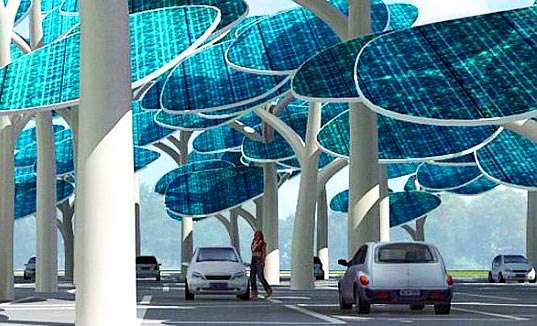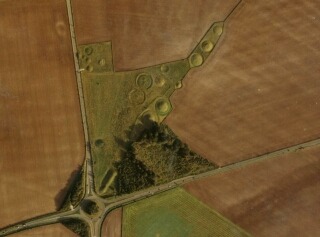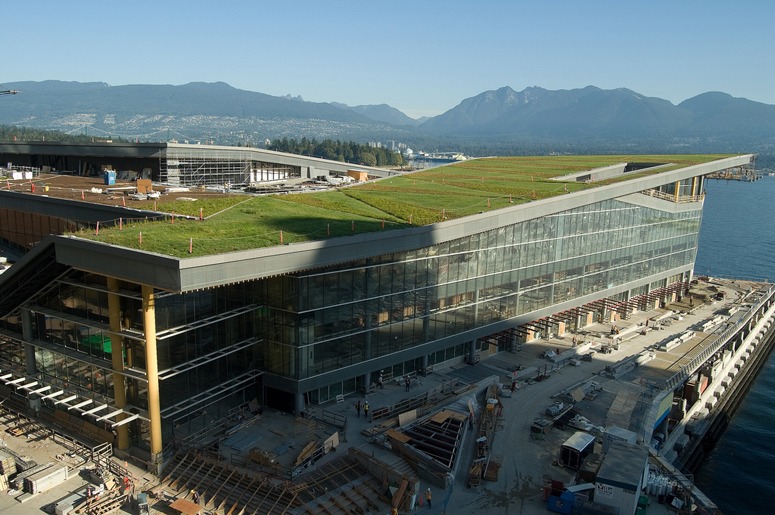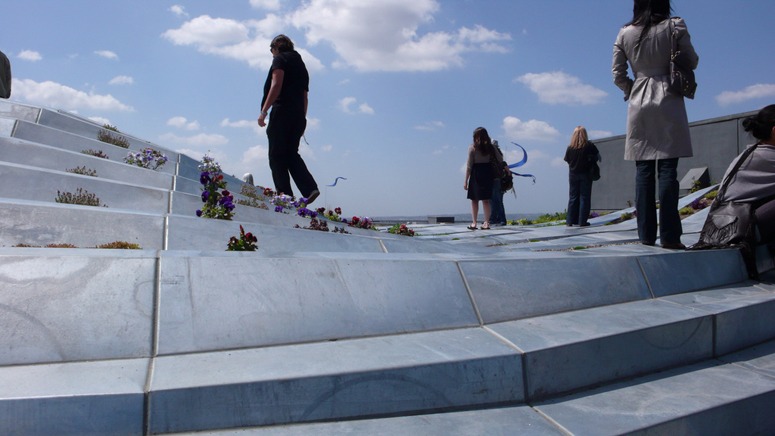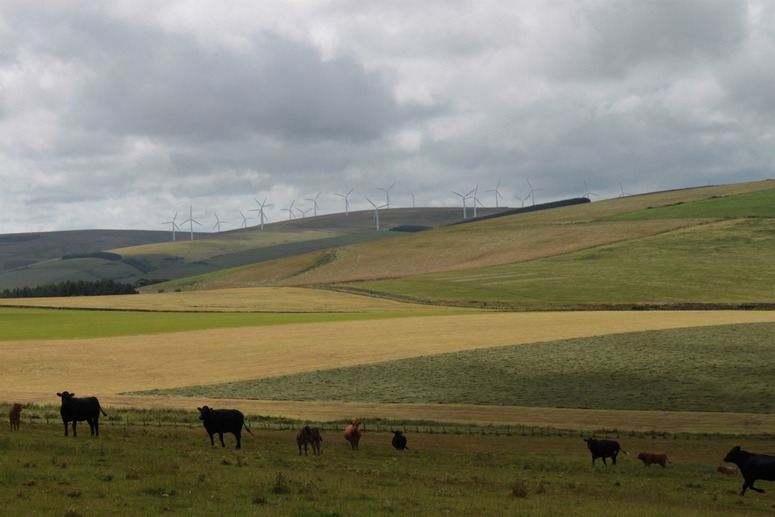
Are the wind turbines a welcome addition to the landscape scenery? Do they make a useful contribution to sustainable energy policy? No and No. They are more like space invaders - and this example is mere tokenism.
I know of one excellent publication on the physics of sustainable energy David MacKay’s Sustainable energy without hot air (though his website suggests he lacks expertise in graphic design!). He calculates that ‘If we covered the windiest 10% of the country with windmills (delivering 2 W/m2), we would be able to generate 20 kWh/day per person, which is half of the power used by driving an average fossil-fuel car 50 km per day.’ Current energy consumption is about 125 kWh/day and MacKay calculates that, because of wind-speed variation, if the entire UK was covered with wind turbines it would be possible to generate 200KWh/day. I do not think we should do this. The sensible steps towards more-sustainable energy use are (1) plan cities for cycle commuting (2) insulate buildings properly (3) tax bottled mineral water as heavily as alcoholic drinks.
But how can air conditioning costs be reduced in hot countries? Ideas welcome! Here are some suggestions (1) We used to have a refrigerator which was operated by dripping water onto a porous outer casing. The latent heat of evaporation cooled the inside. Could this work for buildings? (2) In West Asia windcatchers (Persian: بادگیر Bâdgir, Arabic: بارجيل Baarjiil) have long been used for sustainable air conditioning. This is now the part of world with the best supplies of oil, but the technology could be exported (3) apply even higher insulation standards than in cold countries, to keep the heat out (4) use heat pumps to refrigerate buildings – and generate electricity from the waste heat (5) use vegetation to shield the building from direct solar radiation

